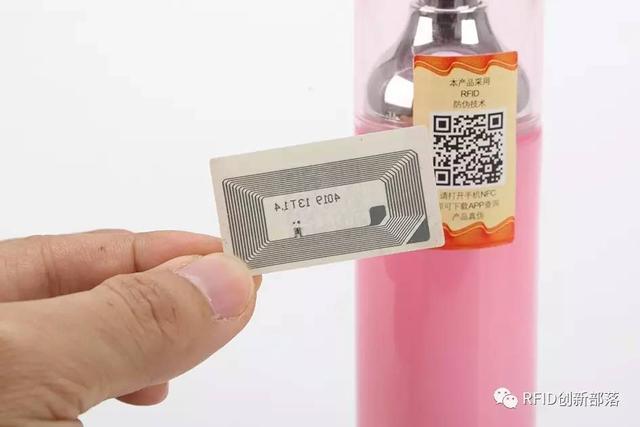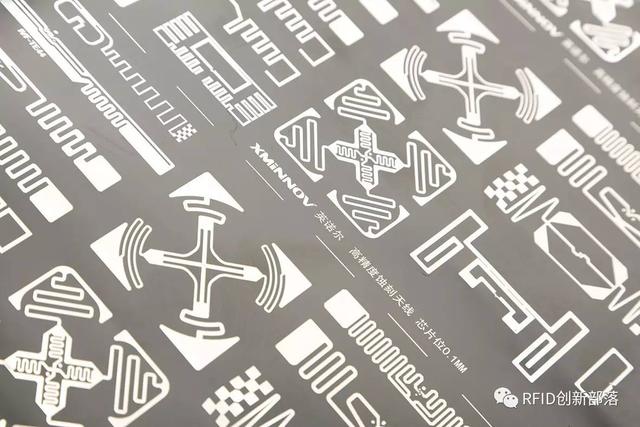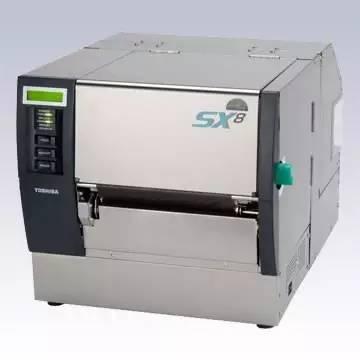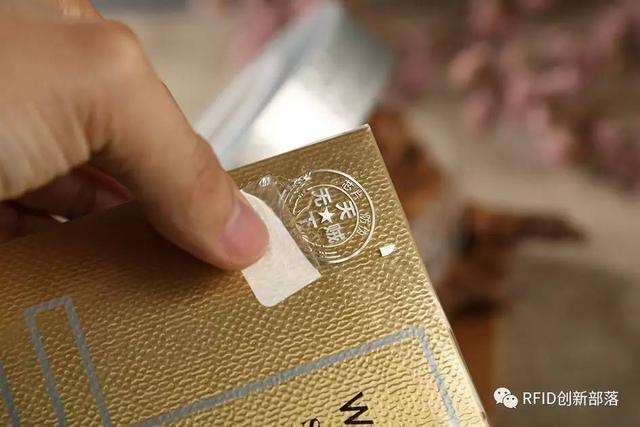Some time ago, New York received a number of friends to apply for joining the "RFID innovation tribe" group and found that some of the friends were very interested in the RFID industry, but they had little knowledge of the relevant technical terms in RFID, resulting in weaker interaction in the group. So here, Xiao Newer has organized some of the common RFID-related terms and hopes that friends who are new to RFID will benefit.
Please click here to enter a picture description
RFID: Radio Frequency Identification Radio Frequency Identification
RFID Reader: A card reader/equipment used for read/write tags
RFID tag: tag with RF RF chip
Please click here to enter a picture description
RFID module: smart card module, read-write function module
Antenna: with reader antenna and tag antenna
Tag antenna: One of the raw materials for making labels, such as winding/etching antennas
Reader Antenna: The RFID antenna is located between the RFID tag and the reader for transmitting RF signals.
Please click here to enter a picture description
RFID personalized service: refers to the data service that initializes the tag numbering
Production log: historical records generated by electronic tags during quality inspection or personalization
Encoding, RFID printing, or UV coding: This refers to pre-programming the pre-programmed data of a product with a surface-level BARCODE sequence or an RFID chip.
Please click here to enter a picture description
Tag anti-collision: The reader can read the information sent back by multiple tags at the same time without causing tag conflict and leading to unrecognized. Tag chip manufacturers use different response mechanisms to make the tag send back one message at a time. The reader can read multiple tags at the same time, and all tags can be read at the same time.
RF RF: Generally refers to microwaves.
Microwave WAVE: electromagnetic waves with a wavelength of 0.1-100 cm or a frequency of 1-100 GHz.
Bandwidth: Also called bandwidth, refers to the amount of data that can be transmitted at a fixed time, that is, the ability to transmit data in the transmission pipeline.
Center frequency (fc): refers to the frequency of the center point of RFID work.
Passive tag: An electronic tag that operates without internal power and receives microwave energy.
Active tags: Electronic tags that operate on internal battery power.
Reading device: used to read the electronic data in the electronic tag.
Reader: Used to read electronic data in electronic tags.
Please click here to enter a picture description
Programmer: Used to write electronic data into electronic tags or to access data stored in electronic tags.
Beam Range: The field strength coverage refers to the radiation power range of the antenna emitting microwaves.
Tag capacity: The number of bytes or logical bits that can be written when an electronic tag is programmed.
INLAY: Currently divided into dry INLAY and wet INLAY
Dry INLAY: The tag antenna is dry INLAY after the chip is mounted.
Wet INLAY: Dry INLAY products do a gluing process, similar to transparent stickers, generally wet INLAY are die-cut roll products.
Please click here to enter a picture description
Binding: refers to the process of installing an RFID chip on the surface of a tag antenna. The binding product name is INLAY, which is also called dry INLAY.
Compounding: Single or multiple lamination of multiple composite materials
Die-cutting: Single-PCS, single-sheet product shape and structure punching for composite semi-finished products
Quality inspection: 100% quality inspection of product labels according to photos (in-factory qualification does not signify acceptance)
PCS: piece/sheet unit of measure, which is the smallest unit of measure for RFID semifinished products
Smart Cards: Generally, the hard tags are mainly liuchan products.
WAFER: Special Terms for RFID Chips
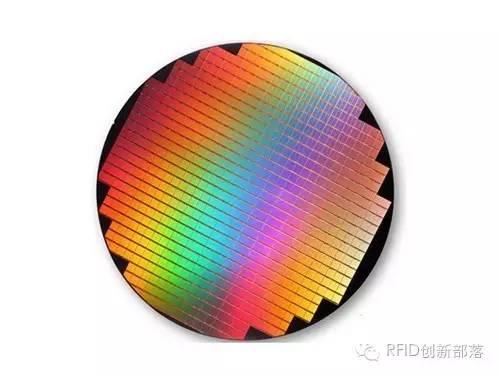
The Zirconia Ceramic Plate dry-formed billet has less moisture, a large pressure, and a relatively compact body, so that a Zirconia Ceramic green sheet having a small shrinkage and an accurate shape without requiring vigorous drying can be obtained. The zirconia ceramic plate has a simple dry pressing forming process, and the zirconia ceramic plate has a large amount of defects, few defects, and is easy to mechanize. Therefore, it is suitable for forming a small-sized zirconia ceramic slab body. However, it is difficult to use a general dry press forming for a product having a complicated shape and a large size. In the production of daily zirconia ceramic plates, some flat zirconia ceramic products are currently being formed by dry pressing, which reduces defects, improves quality, shortens drying time, simplifies drying equipment, and saves plaster models for zirconia ceramic plates. It has a positive effect on improving labor productivity and facilitating mechanization automation.
Zirconia Ceramic Disc
Zirconia Ceramic Disc,A/O Zirconia Ceramic Cloth,Cam Zirconia Disc,Black Zirconia Ceramic
SHENZHEN HARD PRECISION CERAMIC CO.,LTD , https://www.hardcm.com

